Cosmetic Dentistry
What is cosmetic dentistry and what does it involve?
A beautiful smile can boost your self-esteem and confidence and enhance your overall appearance. However, not everyone is born with a perfect smile. You may feel self-conscious about your smile if you have stained, misshapen or missing teeth. But with cosmetic dentistry services at Globus Dental Care in Lynn, MA, you can get the stunning smile you’ve always wanted. In this article, we will take a closer look at the cosmetic dentistry services offered at Globus Dental Care and how they can help you achieve the smile you deserve.
Globus Dental Care in Lynn, MA, offers a range of cosmetic dentistry services to help you achieve a beautiful smile. From teeth whitening to veneers and dental implants, the team at Globus Dental Care can help you find the perfect solution for your smile.
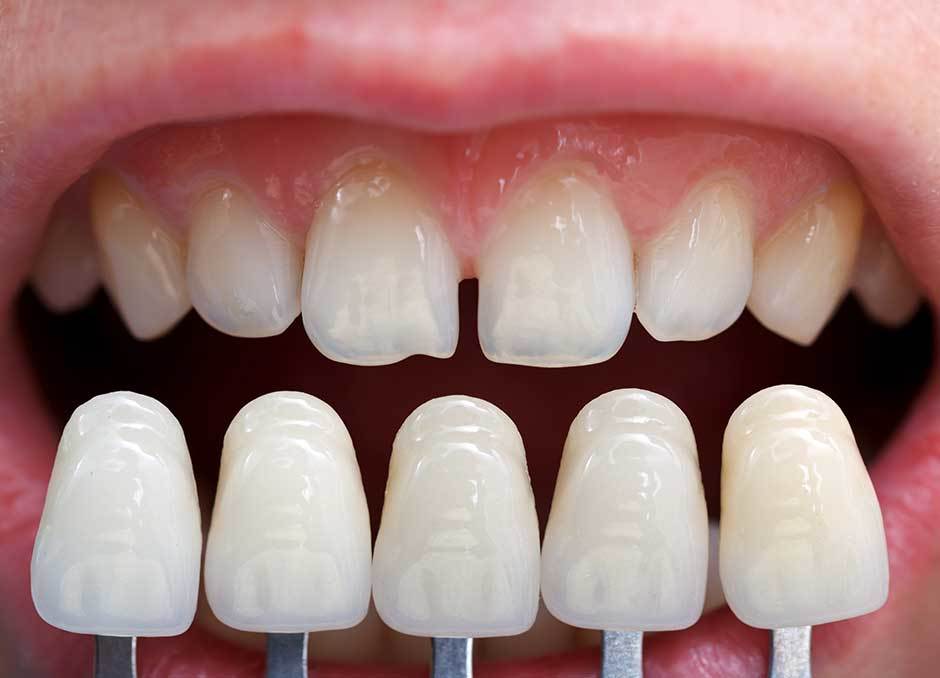
Porcelain Veneers
If you’re looking for a way to enhance your smile, porcelain veneers may be the perfect solution. Porcelain veneers are thin porcelain shells placed over the front of your teeth to improve their appearance. They can be used to correct a variety of cosmetic issues, including stained teeth, misshapen teeth, and gaps between teeth. At Globus Dental Care in Lynn, MA, the team of skilled dental professionals offers porcelain veneers to help you achieve the smile you deserve.
What are Porcelain Veneers?
Porcelain veneers are custom-made shells of porcelain bonded to the front of your teeth to improve their appearance. They are designed to match the colour and shape of your natural teeth so they look natural and beautiful. Porcelain veneers are made from a high-quality dental porcelain material that is durable and long-lasting. They can be used to correct a wide range of cosmetic issues, including:
- Stained teeth
- Misshapen teeth
- Gapped teeth
- Chipped teeth
- Uneven teeth
The Benefits of Porcelain Veneers
There are many benefits to choosing porcelain veneers to enhance your smile. Some of the key benefits include:
- Natural-looking results: Porcelain veneers are custom-made to match the colour and shape of your teeth, making them look natural and beautiful.
- Long-lasting results: Porcelain veneers are made from a high-quality dental porcelain material that is durable and long-lasting. With proper care, porcelain veneers can last for many years.
- Minimal tooth preparation: In most cases, only a minimal amount of tooth preparation is required to place porcelain veneers. This means that your natural teeth are preserved to the greatest extent possible.
- Quick and easy: Placing porcelain veneers is quick and easy and can typically be completed in just two to three appointments.
The Porcelain Veneers Procedure at Globus Dental Care in Lynn, MA
The process of placing porcelain veneers at Globus Dental Care in Lynn, MA, typically involves the following steps:
1. Consultation: During your consultation, the team at Globus Dental Care will assess your dental needs and determine if porcelain veneers are the right solution for you.
2. Preparation: If porcelain veneers are the right solution for you, the team will prepare your teeth for the veneers. This may involve removing a small amount of tooth enamel to make room for the veneers.
3. Impression: Next, the team will take images of your teeth to create your custom-made porcelain veneers.
4. Placement: Once your custom-made porcelain veneers are ready, the team will place them over the front of your teeth and securely bond them.
Porcelain Crowns
If you have a damaged or decayed tooth, a porcelain crown may be the perfect solution to restore your smile. Porcelain crowns are custom-made dental restorations that fit over your existing teeth to provide protection and improve their appearance. At Globus Dental Care in Lynn, MA, the team of skilled dental professionals offers porcelain crowns to help you achieve the healthy, beautiful smile you deserve.
What are Porcelain Crowns?
Porcelain crowns are custom-made dental restorations designed to fit over your teeth. They are made from a high-quality dental porcelain material that is both durable and beautiful. Porcelain crowns are used to:
- Protect damaged or decayed teeth.
- Improve the appearance of stained or misshapen teeth.
- Strengthen weakened teeth
The Benefits of Porcelain Crowns
There are many benefits to choosing porcelain crowns to restore your smile. Some of the key benefits include:
- Natural-looking results: Porcelain crowns are custom-made to match the colour and shape of your teeth, making them look natural and beautiful.
- Durable and long-lasting: Porcelain crowns are made from a high-quality dental porcelain material that is durable and long-lasting. With proper care, porcelain crowns can last for many years.
- Strengthen weakened teeth: Porcelain crowns can reinforce weakened teeth and protect against further damage.
- Quick and easy: Placing porcelain crowns is quick and easy and can typically be completed in just two to three appointments.
The Porcelain Crowns Procedure at Globus Dental Care in Lynn, MA
The process of placing porcelain crowns at Globus Dental Care, MA, typically involves the following steps:
1. Consultation: During your consultation, the team at Globus Dental Care will assess your dental needs and determine if porcelain crowns are the right solution for you.
2. Preparation: If porcelain crowns are the right solution for you, the team will prepare your teeth for the crowns. This may involve removing any damaged or decayed tooth structure and reshaping your teeth to make room for the crowns.
3. Impression: Next, the team will take images of your teeth to create your custom-made porcelain crowns.
4. Placement: Once your custom-made porcelain crowns are ready, the team will place them over your existing teeth and securely bond them.
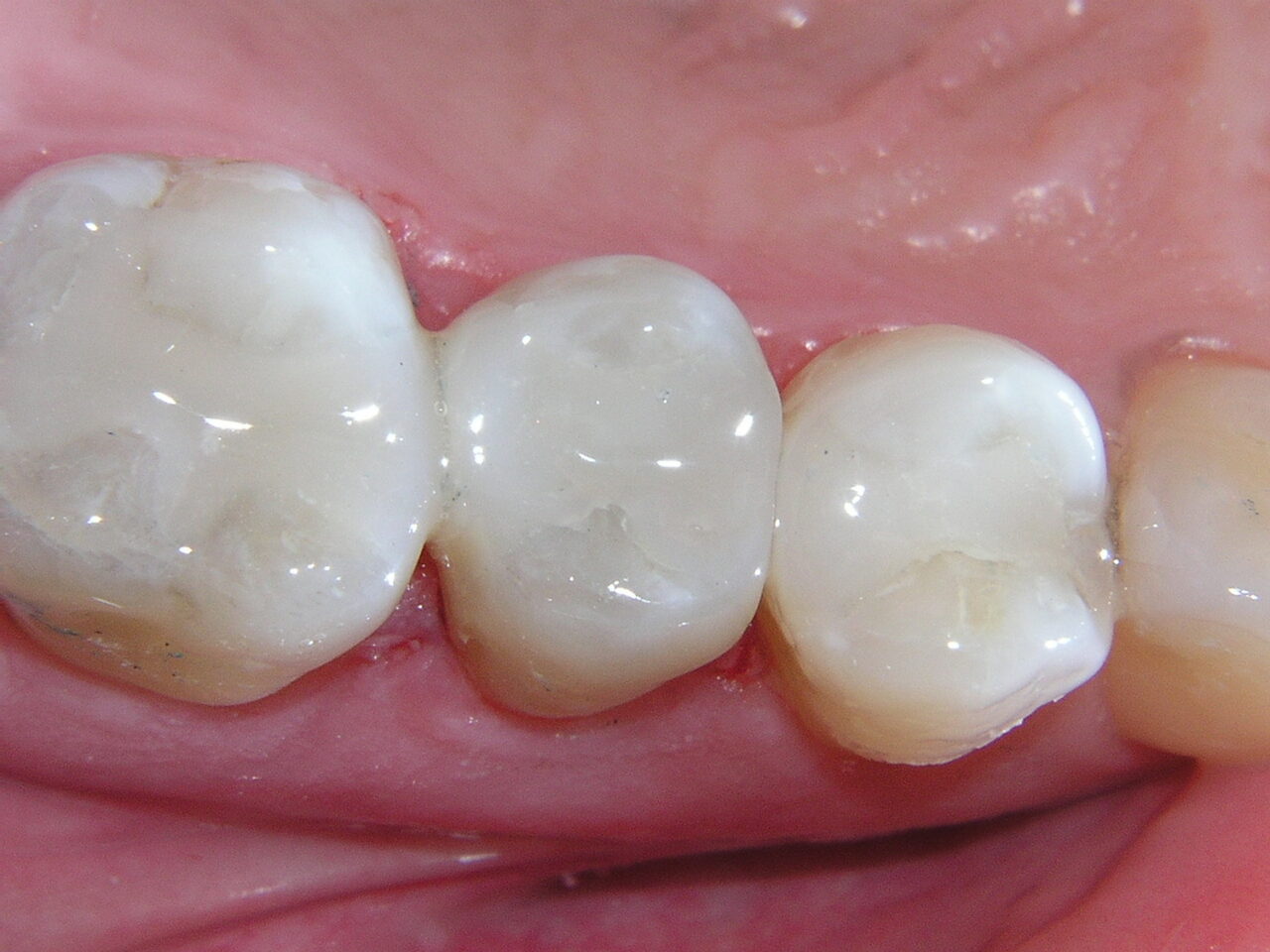
Composite Fillings
Composite fillings may be the perfect solution to repair your smile if you have a cavity or small dental filling. Composite fillings are custom-made dental restorations designed to fill in damaged or decayed areas of your teeth. At Globus Dental Care in Lynn, MA, the skilled dental professionals offer composite fillings to help you achieve the healthy, beautiful smile you deserve.
What are Composite Fillings?
Composite fillings are custom-made dental restorations designed to fill in damaged or decayed areas of your teeth. They are made from a combination of resin and glass particles moulded to fit your teeth and then cured with a special light. Composite fillings are used to:
- Repair cavities
- Fill in small chips or cracks in teeth.
- Improve the appearance of stained or misshapen teeth.
The Benefits of Composite Fillings
There are many benefits to choosing composite fillings to repair your smile. Some of the key benefits include:
- Natural-looking results: Composite fillings are custom-made to match the colour and shape of your natural teeth so they look natural and beautiful.
- Durable and long-lasting: Composite fillings are made from a durable resin and glass material designed to last for many years with proper care.
- Quick and easy: The process of placing composite fillings is quick and easy and can typically be completed in just one appointment.
The Composite Fillings Procedure at Globus Dental Care in Lynn, MA
The process of placing composite fillings at Globus Dental Care in Lynn, MA, typically involves the following steps:
1. Consultation: During your consultation, the team at Globus Dental Care will assess your dental needs and determine if composite fillings are the right solution for you.
2. Preparation: If composite fillings are the right solution for you, the team will prepare your tooth’s damaged or decayed area for the filling. This may involve removing any damaged or decayed tooth structure and shaping the place to make room for the filling.
3. Placement: Next, the team will place the composite filling material in the prepared area and mould it to fit your tooth. The filling will then be cured with a special light to harden and secure it in place.
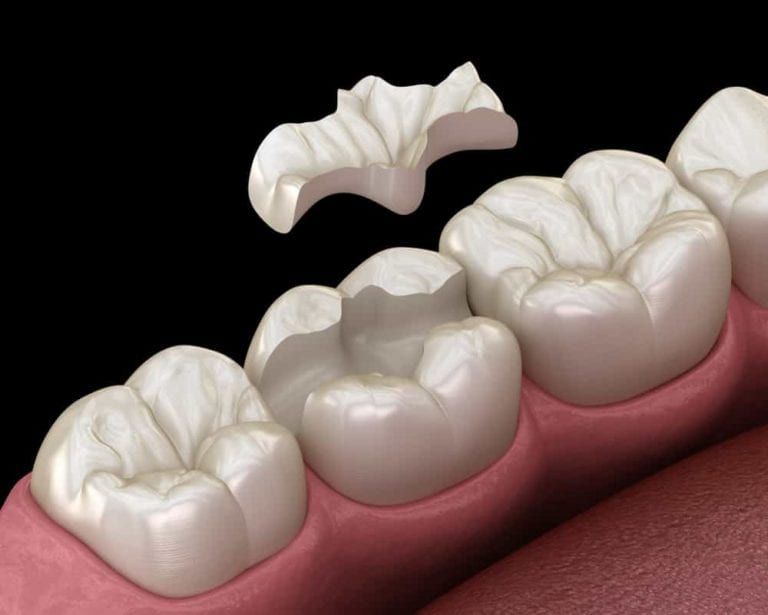
Onlays
If you have damaged or decayed teeth, onlays may be the perfect solution to restore your smile. Onlays are custom-made dental restorations designed to fit over the top of damaged or decayed teeth to provide protection and improve their appearance. At Globus Dental Care in Lynn, MA, the experienced dental professionals offer onlays to help you achieve a healthy, beautiful smile.
What are Onlays?
Onlays are custom-made dental restorations that are designed to fit over the top of damaged or decayed teeth. They are made from various materials, including porcelain, composite resin, and gold, and are moulded to fit your teeth precisely. Onlays are used to:
- Repair large cavities or fillings.
- Strengthen damaged or decayed teeth.
- Improve the appearance of stained or misshapen teeth.
The Benefits of Onlays
There are many benefits to choosing onlays to restore your smile. Some of the key benefits include:
- Strength and durability: Onlays are made from solid and durable materials that provide protection and improve the strength of damaged or decayed teeth.
- Natural-looking results: Onlays are custom-made to match the colour and shape of your natural teeth, making them look natural and beautiful.
- Quick and easy: Placing onlays is quick and easy and can typically be completed in just one or two appointments.
The Onlays Procedure at Globus Dental Care in Lynn, MA
The process of placing onlays at Globus Dental Care in Lynn, MA, typically involves the following steps:
1. Consultation: During your consultation, the team at Globus Dental Care will assess your dental needs and determine if onlays are the right solution for you.
2. Preparation: If onlays are the right solution for you, the team will prepare your tooth’s damaged or decayed area for the onlay. This may involve removing any damaged or decayed tooth structure and shaping the place to make room for the onlay.
3. Impression: Next, the team will take an imprint of your teeth to create a custom-made onlay that will fit your tooth precisely.
4. Placement: Once the onlay is ready, the team will place it over the damaged or decayed area of your tooth and secure it.
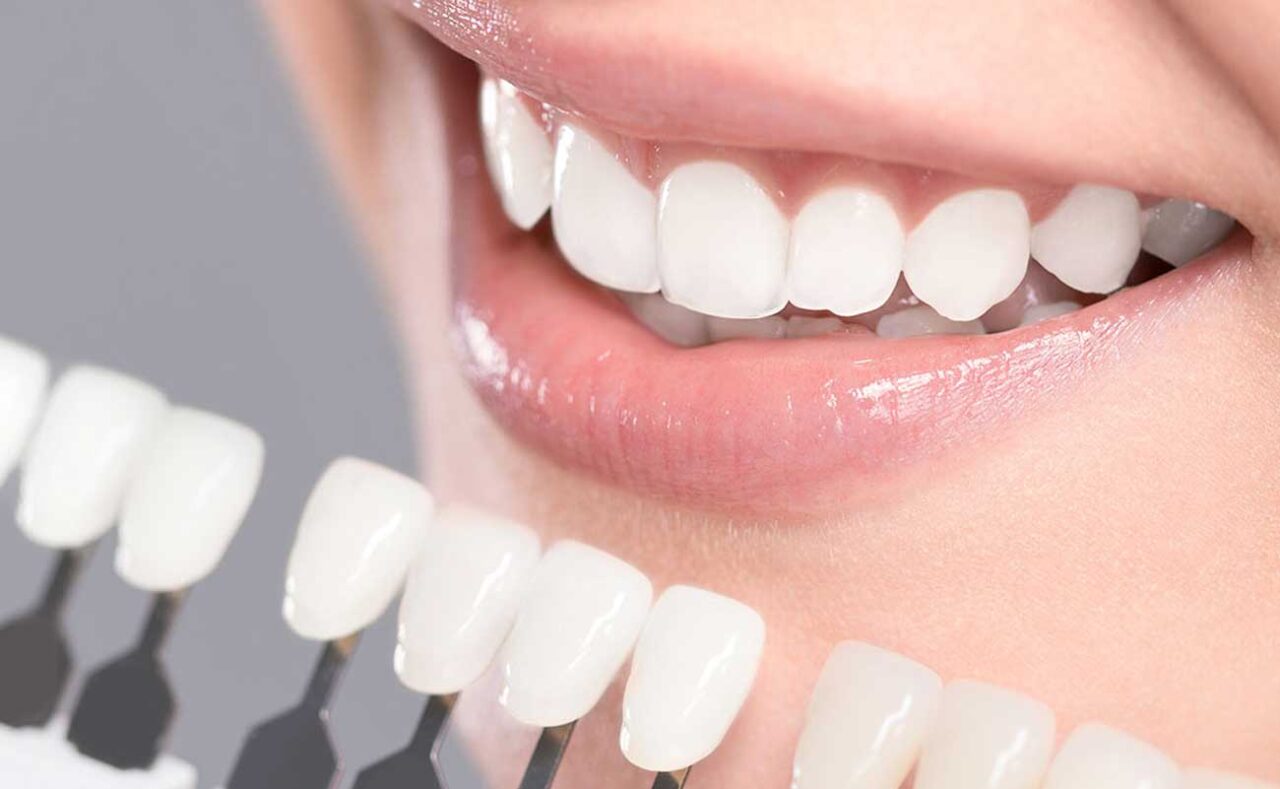
Teeth Whitening
Are you looking to brighten your smile and get rid of stubborn stains? Teeth whitening is a quick and easy solution that can give you the brighter, whiter smile you’ve always wanted. At Globus Dental Care in Lynn, MA, the team of experienced dental professionals offers professional teeth whitening to help you achieve a stunning smile.
What is Teeth Whitening?
Teeth whitening is a cosmetic dental treatment involving unique products and techniques to lighten the colour of your teeth. There are many reasons why teeth can become discoloured, including ageing, drinking coffee, tea, or red wine, smoking, and certain medications. Teeth whitening can help remove these stubborn stains and brighten your smile.
The Benefits of Teeth Whitening
There are many benefits to choosing teeth whitening to brighten your smile. Some of the key benefits include:
- Quick and easy: Teeth whitening is a quick and easy treatment that can typically be completed in just one or two appointments.
- Safe and effective: Professional teeth whitening is a safe and effective way to lighten the colour of your teeth.
- Customizable: The team at Globus Dental Care can customize your teeth whitening treatment to achieve the results you’re looking for.
- Long-lasting results: With proper care and maintenance, your teeth whitening treatment results can last for many months.
The Teeth Whitening Procedure at Globus Dental Care in Lynn, MA
The process of teeth whitening at Globus Dental Care in Lynn, MA, typically involves the following steps:
1. Consultation: During your consultation, the team at Globus Dental Care will assess your dental needs and determine if teeth whitening is the right solution for you.
2. Preparation: If teeth whitening is the right solution for you, the team will prepare your teeth for treatment by cleaning and polishing them.
3. Whitening: Next, the team will apply the teeth whitening gel to your teeth and activate it using a special light. The length of the treatment will depend on the desired results and the specific product used.
4. Final Touch-Up: Once the treatment is complete, the team will perform a final touch-up to ensure that you are delighted with the results.
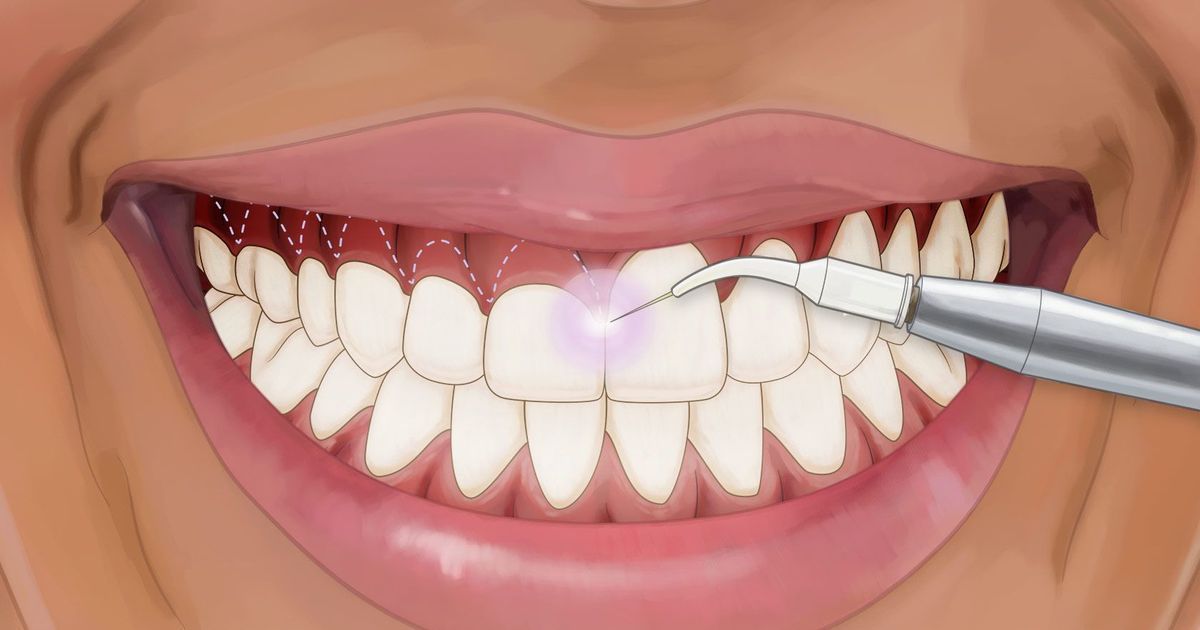
Gum Contouring
If you’re self-conscious about your gums, gum contouring may be the solution you’re looking for. This cosmetic dental treatment involves reshaping the gum line to create a more even and attractive appearance. At Globus Dental Care in Lynn, MA, the team of experienced dental professionals offers gum contouring to help you achieve a stunning smile.
What is Gum Contouring?
Gum contouring is a cosmetic dental procedure that involves removing excess gum tissue to create a more even and attractive gum line. This can be done for aesthetic and functional reasons, as overly gummy smiles can cause issues with biting and chewing.
The Benefits of Gum Contouring
There are many benefits to choosing gum contouring to enhance your smile. Some of the key benefits include:
- Quick and easy: Gum contouring is a quick and easy treatment that can typically be completed in just one or two appointments.
- Safe and effective: The team at Globus Dental Care uses the latest technology and techniques to ensure that gum contouring is safe and effective.
- Customizable: The team at Globus Dental Care can customize your gum contouring treatment to achieve the results you’re looking for.
- Long-lasting results: With proper care and maintenance, the effects of your gum contouring treatment can last for many years.
The Gum Contouring Procedure at Globus Dental Care in Lynn, MA
The process of gum contouring at Globus Dental Care in Lynn, MA, typically involves the following steps:
1. Consultation: During your consultation, the team at Globus Dental Care will assess your dental needs and determine if gum contouring is the right solution for you.
2. Preparation: If gum contouring is the right solution for you, the team will prepare your gums for treatment by cleaning and numbing the area.
3. Contouring: Next, the team will carefully remove excess gum tissue to create a more even and attractive gum line. This can be done using a scalpel, laser, or other tools, depending on the patient’s specific needs.
4. Healing: After the treatment, the team will provide instructions for proper care and recovery to ensure that your gums heal properly.
Contact Us
Globus Dental Care
We have an experienced team of dentists in Lynn, MA. Since there are many dental problems that you can have if you are not having the right kind of dental services, you should think of having your teeth cleaned and repaired as early as possible.
